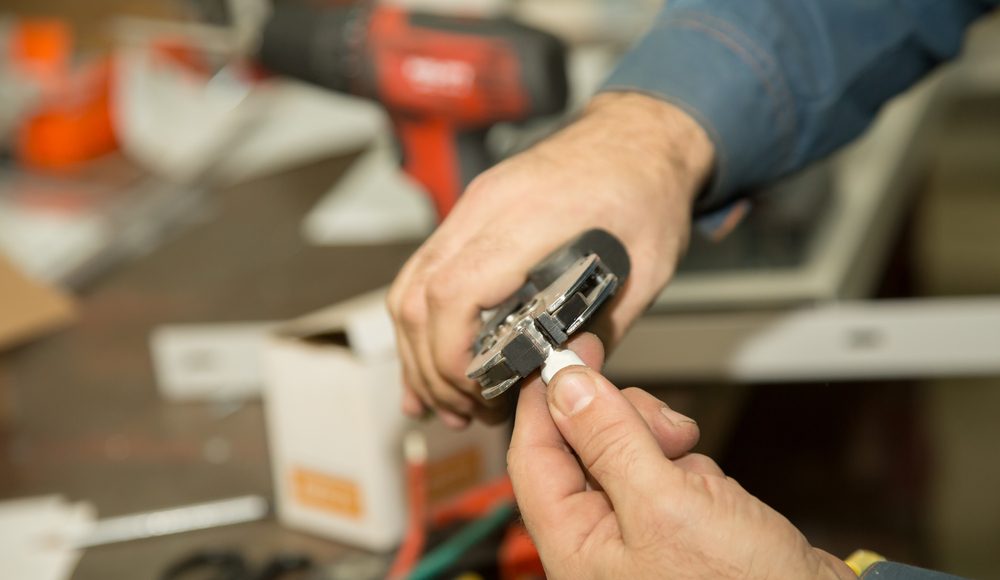Every other electrical estimator demands to have a proficient level of skill and accuracy. An estimate you produce begins with the basics of how an electrical project will proceed on its way. Many clients use your estimate during electrical estimating to examine who wins a job or what they can have for the available budget.
Delivering an accurate estimate is not an easy task because it demands different variables to estimate various construction projects. After all, estimating is a huge task, and your estimating methodology plays an efficient role to produce an estimate quickly.
Below are the few standard methods used mainly by the professional electrical estimator, and each one has its pros and cons.
- Per-point method
- Pre-build
- Design and construct
- Labor unit method
- Guesstimate
All of the above-given methods have a particular advantage of being quicker, more accurate counting, easy to collaborate, and specific editing abilities.
Post Contents
Per-point method
A per-point method includes fixtures of either PowerPoint, switches, sensor and counted as the point that assigns a common dollar value. For example, if an estimator counts it as 1000 people, then each one gives the value of $100, and your quote for the project would be $100,000.
A professional of the estimating method is quick and easy and bring several possibilities for an inaccurate estimate. Consider labor and its variation between the jobs, and if you’re assigning the same points to every fixture, you can have a huge variation in it.
The particular method of electrical estimating is an average one, several discrepancies in the final estimate is common and approach a specific size to fit in.
Pre-build
A pre-build is known as the assembly estimating method, and it can be a simple way to count takeoffs during Electrical Takeoff Services because it packages your elements and include the necessary material to create a unit price. An electrical construction includes multiple components like power sockets, mounting bracket and cabling, and you can easily package it at a one-unit cost. While quoting for pre-builds or assemblies might include materials and labor to separate billable items for labor and materials.
Contracts are known as schedules of rates or unit prices contractors. While quoting one of these, you will demand to quote your unit rates for pre-builds or assemblies in the schedule. A pre-build method can efficiently run into similar inaccuracies as the per-point method.
Design and Construct
While having this method, an electrical contractor involves the design as the implementation of the project. A customer provides a design brief with details and its parameters for the project and an electrical contractor to complete it with a comprehensive design before continuing electrical construction. This complex method will work within the client’s budget and deliver accurate forecasting from design to construction.
An electrical estimator utilizes the design and constructs method with comprehensive design methodology knowledge, including construction, labor, materials, and equipment expertise. The major drawback of this method is its complexity and leave the possibility of error open at any particular stage.
Labor unit method
It assigns a value to human labor to install each item of hardware and is defined as the average cost of the labor unit of output produced. It is a cumulative ratio of total labor costs to actual creation. A labor unit calculates using a “shop average labor rate” with the entire field labor rate over the past 12 months divided by total number of labor hours. This method is accurate than the per-point method because it is an opportunity with a reasonable calculation for the labor conditions.
Conclusion
Several Commercial Electrical Estimating methods lay down to the skills of the estimator with their preference of methodology. It also includes different factors like accuracy, speed and experience with an extensive part of a choice.

